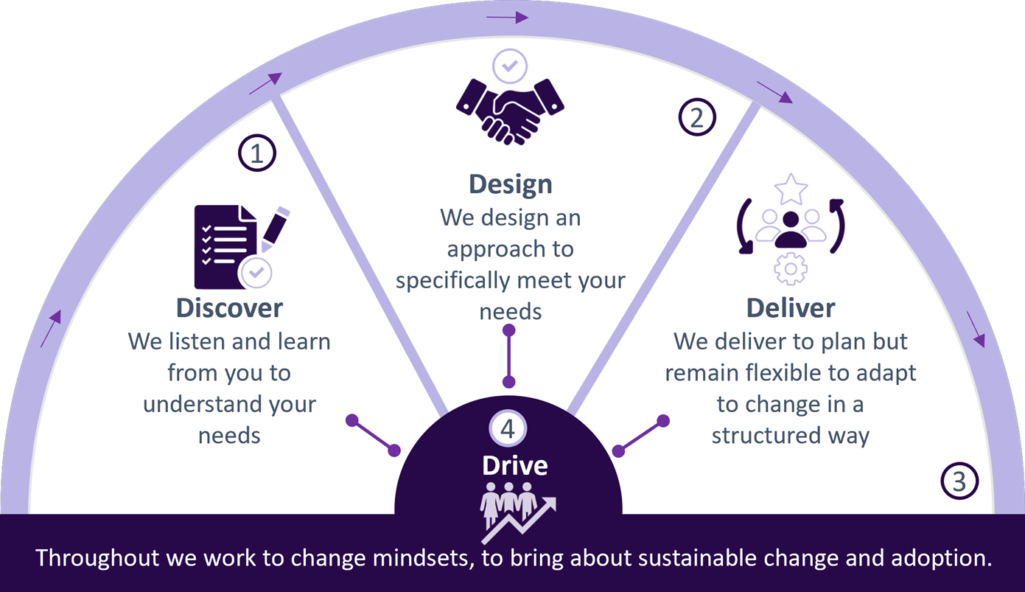The Challenge
NIAB’s rapid growth prompted a call to action. Biomatics was entrusted with the task of evaluating operational efficiency, starting with Corporate Services encompassing HR, Finance, IT, and Marketing/Comms. The mission was clear: review NIAB’s current Corporate Services operating model, propose enhancements in service quality and operational efficiency, and pinpoint opportunities for cost reductions.
Objectives
- Reviewing and improving operational effectiveness
- Identifying areas for service and operational enhancements
- Developing and prioritising improvement initiatives
- Reviewing and refining roles, responsibilities, and feedback mechanisms
- Identifying opportunities for implementing a shared service working model
- Enhancing team connectivity and fostering collaboration.
Our Action
Biomatics embarked on a transformational journey rooted in Lean principles and business analysis techniques. We engaged in extensive stakeholder feedback gathering, conducting site visits nationwide and organising Teams calls to interact with representatives from all organisational disciplines and levels.
Biomatics deployed the following techniques to ensure a deeper understanding of NIAB’s corporate service operations.
- Lean principles: Streamlining operations and eliminating waste.
- Business analysis: In-depth evaluation of processes.
- Project Management: Expertly managing the transformation.
- Change Management: Ensuring smooth transitions and meaningful buy-in.
- Effective Group Facilitation: Encouraging collaboration.
- Outstanding Research: Gathering insights.
- Meaningful Collaboration: Fostering cooperation.
- Complete Commitment: Dedication to success.
- Positivity and Openness: Creating an environment conducive to change.
- Service Improvment
- Operational Excellence
The Approach: The 4 x D Approach
The project followed a structured approach summarised in the diagram below. Beginning with the ‘Discover’ stage, it emphasised shared scope, aspirations, and a common language between Biomatics, NIAB, and NIAB’s stakeholders.
- Discover
- Design
- Deliver
- Drive
4D Approach

The Results
Upon consolidating feedback, themes, and opportunities for improvement, Biomatics facilitated workshops with the Corporate Services teams, enabling the co-production of Service Improvement Plans for each area. These plans outlined areas of focus and the strategies needed to implement improvements, leading to:
- Potential Cost Savings: Identified opportunities for reducing expenses.
- Roles and Responsibilities Review: Clarification and adjustment where needed.
- Culture of Collaboration: Encouraging teamwork across sites and departments.
- Structured Communications: Enhancing internal information flow.
- Operational Excellence Principles: Introducing best practices.
The opportunities identified for the transformation of NIAB’s Corporate Services by Biomatics illustrates the power of effective programme management, the strategic application of lean principles, and a comprehensive approach to process improvement. This case study underscores Biomatics’ commitment to delivering transformative results for their clients, especially in the life science and agriculture sectors.
Benefits of Implementation:
- Cost Reduction: Direct and indirect savings
- Faster Processing: Reduced processing times for high-volume operational tasks
- Enhanced Staff Satisfaction: Increased staff morale and retention, potentially reducing absenteeism
